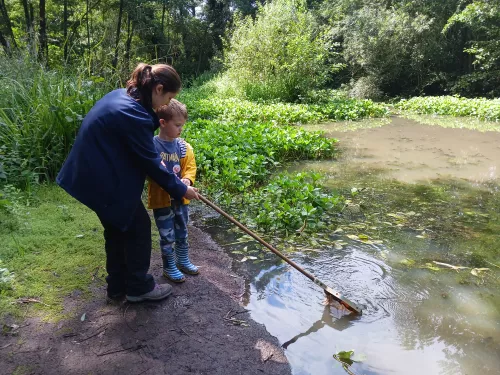
Pond Dipping Detectives
Join Kent Wildlife Trust's Education Team for an education day out! Pupils will get the chance to use classification keys to help them identify a range of pond life in our pond dipping sessions.
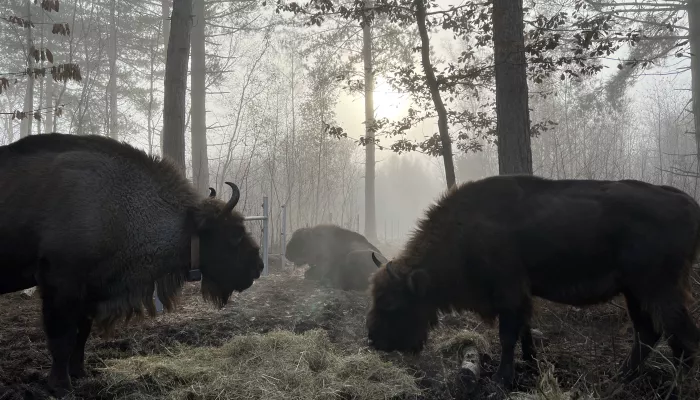
Our activities enable young people to connect with nature and learn outside the classroom. Learners explore different habitats, learn new skills and have fun whilst meeting your curriculum objectives.
We are delighted to bring you two unique sessions for both GCSE and A-Level students, focusing on the groundbreaking Wilder Blean project which saw the introduction of bison, along with pigs, ponies and cattle, to the Blean woodlands as a way of habitat restoration and management.
Bison to the rescue: How will Bison impact the Blean Wood ecosystem?
An ecosystem passes through several stages before it reaches a climax community: this process is called succession.
Succession is really important for the health of a woodland. Succession increases the diversity of plant species, increasing the diversity of habitats within the woodland and increasing the diversity of animals species that live in the woodland.
However, when the whole woodland reaches the climax community it forms one closed canopy forest, which decreases the diversity. In a healthy woodland there is disturbance, which removes some of the big trees, creating bare ground and beginning the process of succession again. Too much disturbance, can remove all the trees and lead to an unhealthy woodland with little biodiversity, and too little disturbance can create a closed canopy woodland with low biodiversity.
Currently, the Blean woods has too little disturbance, and the only disturbance is from people with chainsaws. This is expensive and time consuming. The introduction of the Bison, long horn cattle and iron age pigs will create more natural disturbance and in turn create a healthier woodland.
In this GCSE workshop held at West Blean and Thornden Woods, learners will investigate succession in the Blean, using transects to measure species abundance and analysing the potential impacts of the wilder grazers in the Blean.
Bison to the Rescue: Woodland Restoration and Carbon Capture
The carbon cycle describes how carbon is exchanged on Earth. Carbon is a key component of the carbon cycle and is becoming increasingly important due to the climate crisis. If we can increase carbon capture, we could reduce the amount of carbon within the atmosphere and reduce the climate crisis.
There are potentially many ways we can increase carbon capture; one way may be through woodland restoration. With the introduction of bison to Blean Woods, we are changing the way the woodland is managed and opting for nature-based solutions. Bison are ecosystem engineers: organisms that modify, maintain and/or create habitats.
This workbook and outdoor learning session, which takes place in the Blean, has been created to help understand how the carbon captured in the woodland will change with the introduction of bison.
Learners will investigate three distinct areas of the Blean woodland, each with different management strategies, and will analyse the impacts of the different management strategies on carbon capture in the Blean.
Learners will gather data on how much carbon is stored in the biomass of different trees, using a range of investigation techniques. This data will then be extrapolated to build a big picture from which learners can analyse the impact of the bison on carbon storage and ultimately answer how the introduction of bison to the Blean might mitigate against the climate crisis.

Join Kent Wildlife Trust's Education Team for an education day out! Pupils will get the chance to use classification keys to help them identify a range of pond life in our pond dipping sessions.
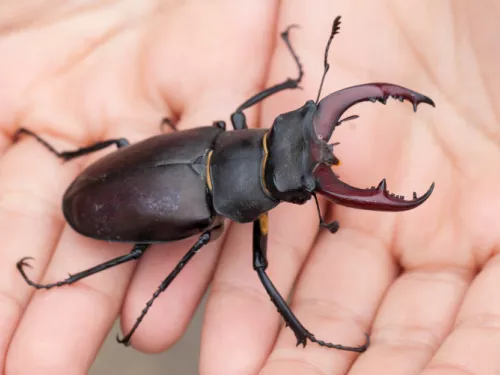
Young explorers will set off into the ‘wild’ of our nature reserves to seek out and capture a variety of minibeasts in a range of habitats and micro-habitats: hunting under log piles, in rockeries, amongst compost and in our long grass meadows.
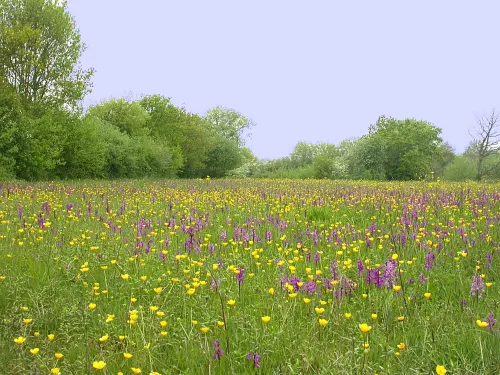
In this workshop, learners will explore our wildflower meadows and flower beds, investigating flower structures and their purpose, looking at the roles of insects in pollination and discovering the life cycle of a plant from seed to seed.
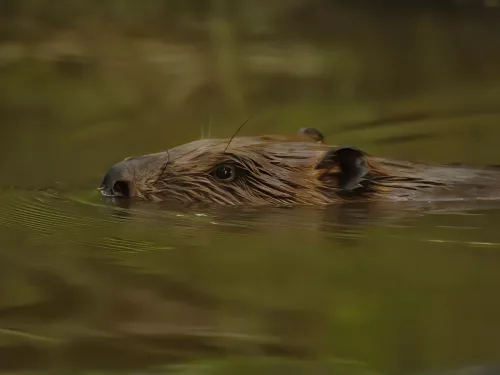
Discover how beavers engineer their habitats in this hands-on, practical workshop for Year 1-6 which can be delivered on your school grounds or as part of a school trip to a Kent Wildlife Trust site.
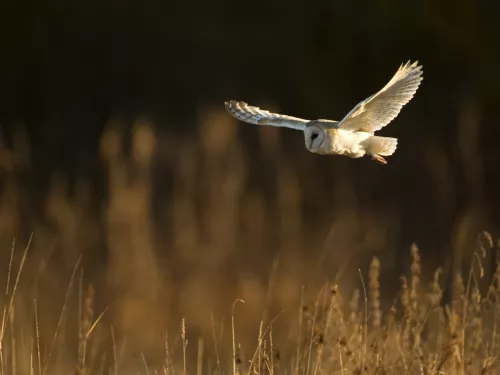
Dissect owl pellets in this exciting, hands-on workshop and investigate the food chains of Kent.
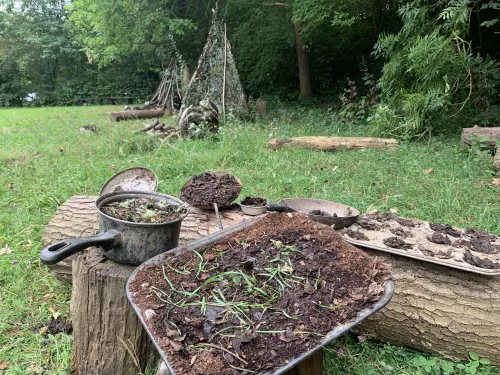
Go wild and explore our woodlands in this Forest School taster session.
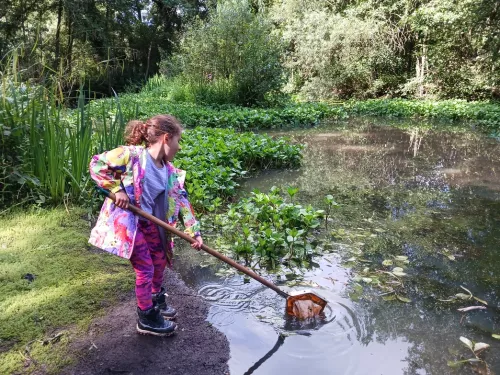
An interactive workshop of physical and biological investigations in the river Darent (available only at Sevenoaks Wildlife Reserve).
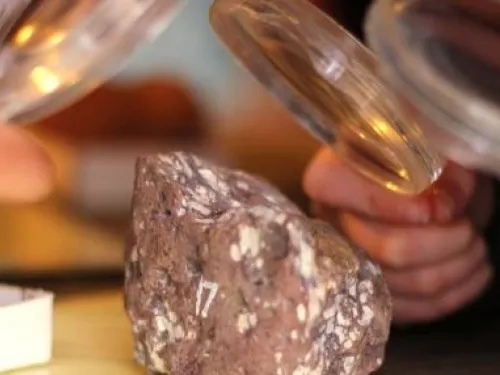
A practical session exploring the rocks, soils and fossils of Kent.